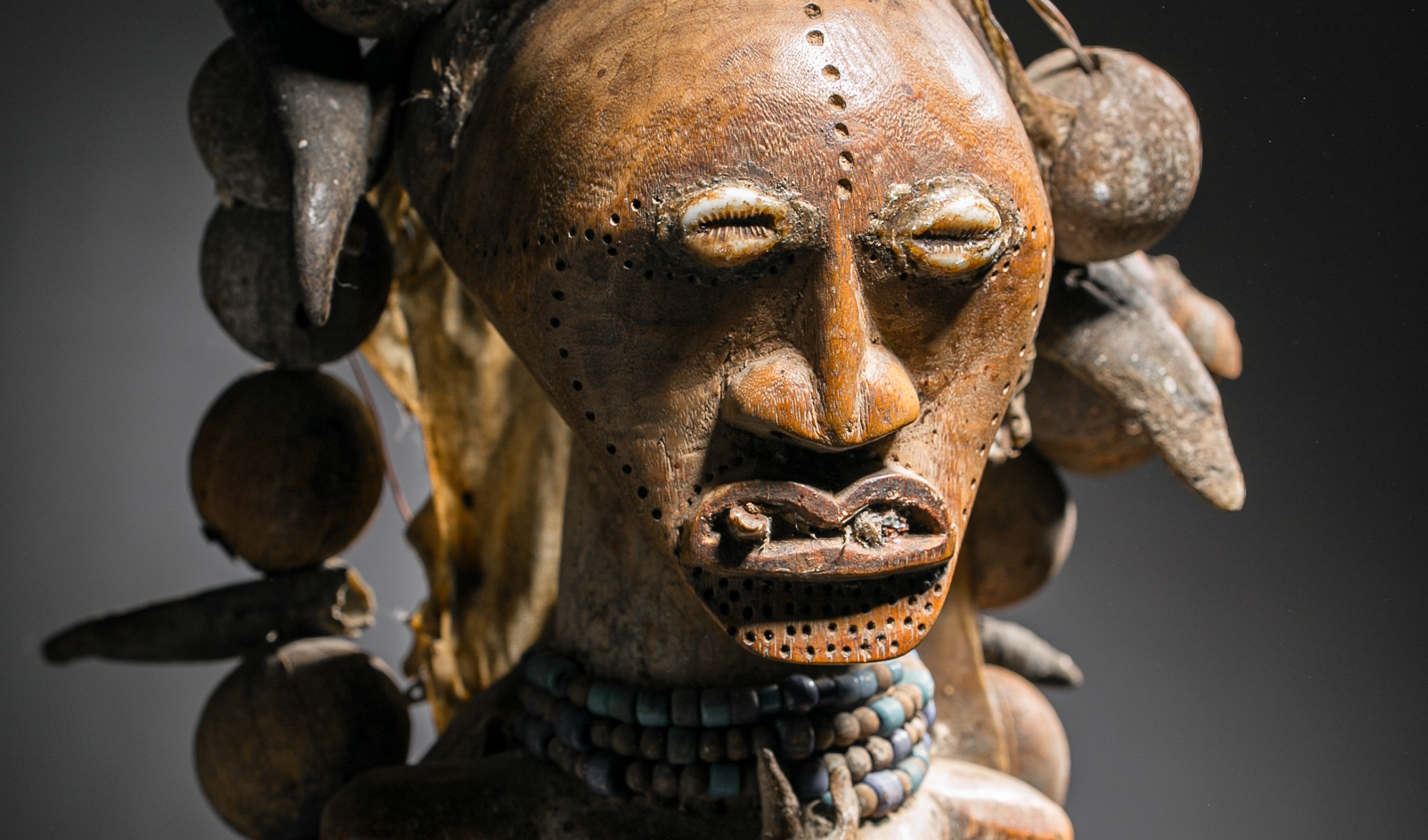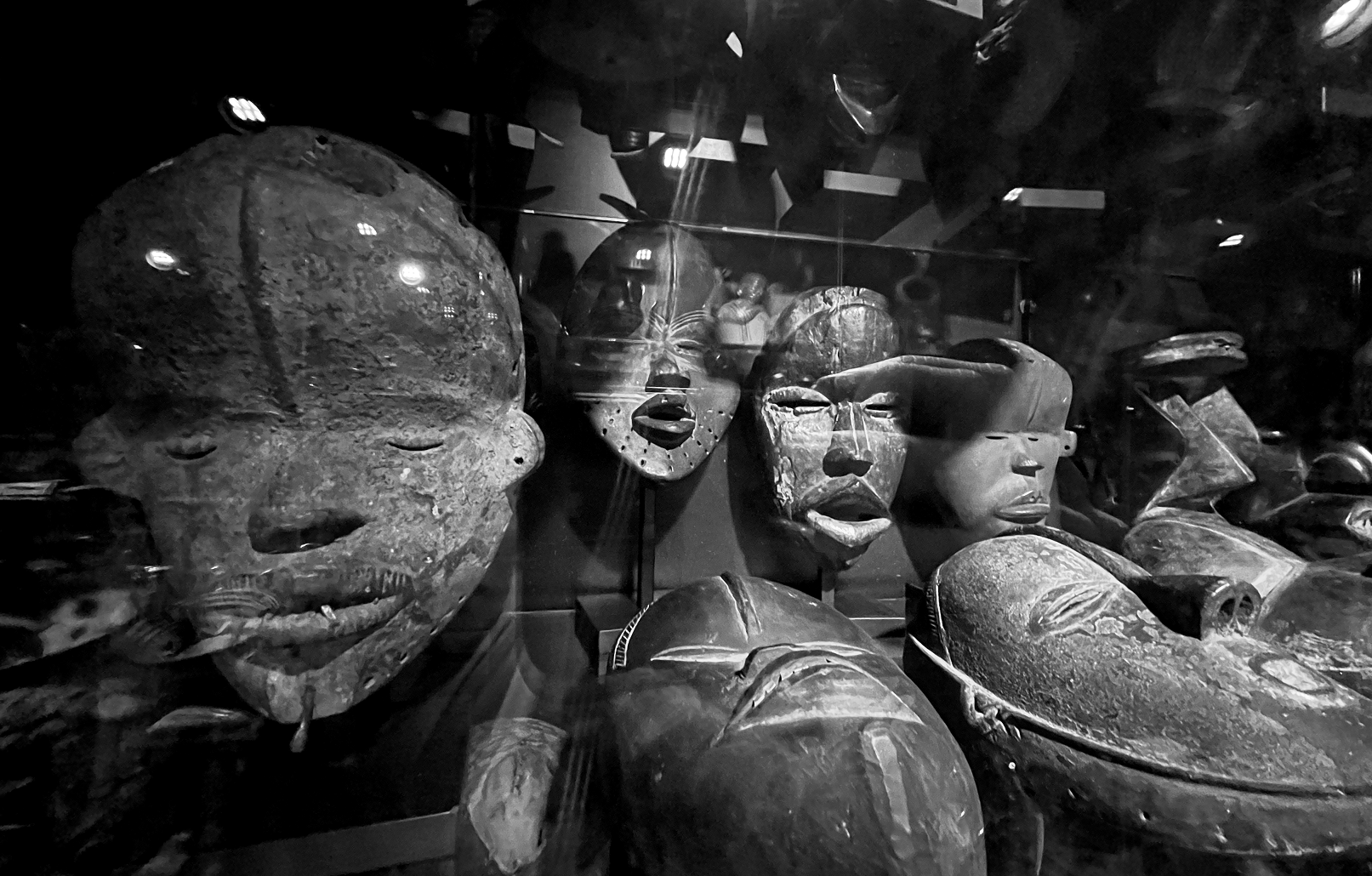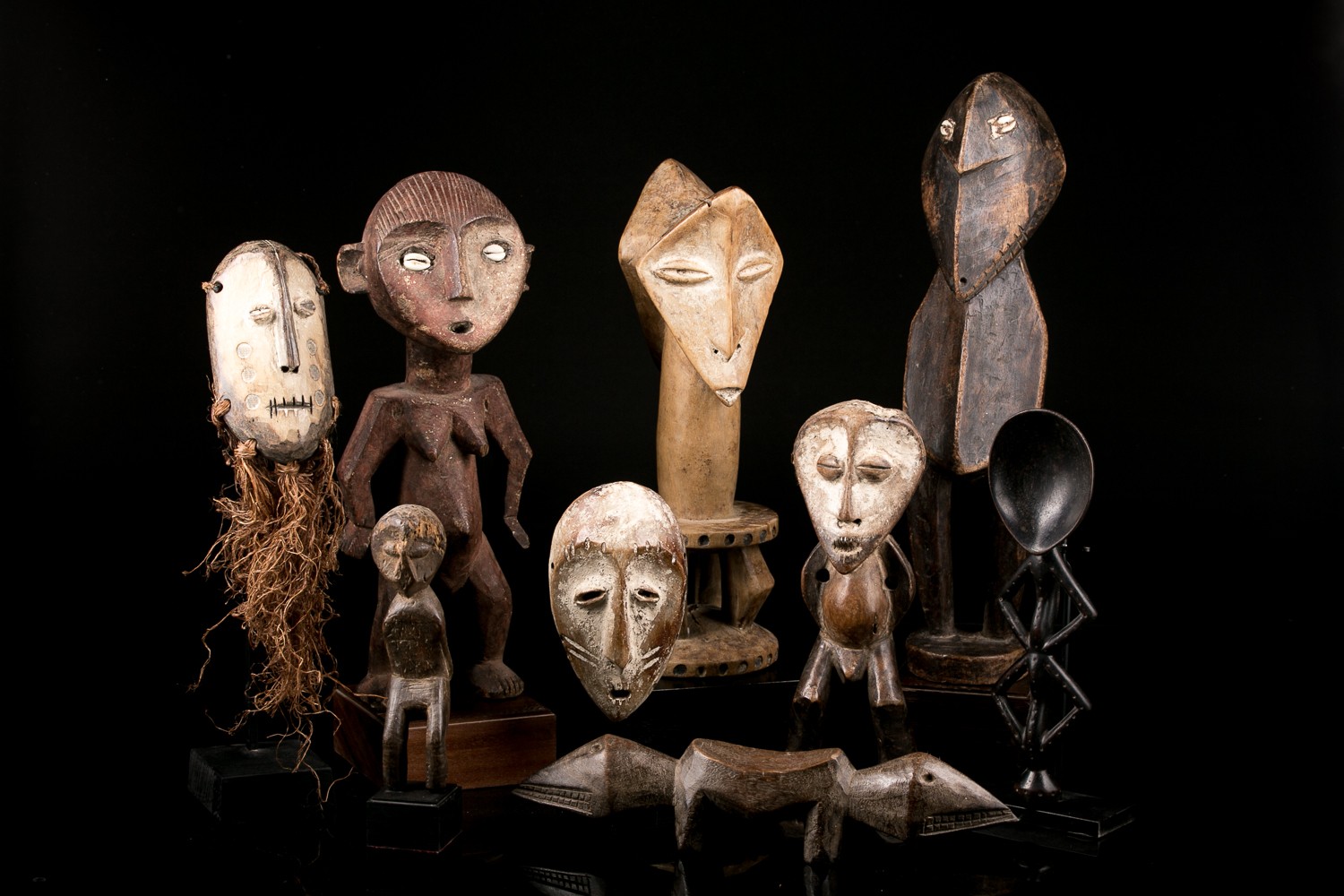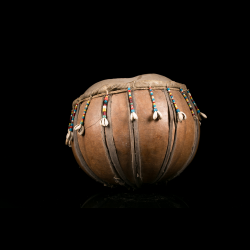
A century of African art: the Soubry family collection
African arts over three generations
A century is the length of time that the Belgian...
Read more

Masks in African Tribal Art
The millennial existence of masks in Africa
Traditional masks are found on every...
Read more

Lega: Art at the service of ancestors and initiation
Lega people in the Democratic Republic of Congo
When most of us think of the Democratic...
Read more
Instruments
Music and instruments in primitive african artMusic is universal. Carvers created instruments for ritual practices according to the style of their tribe. Many drums for example are anthropomorphic but other instruments exist such as whistles, sanza's,...
There are 2 products.
Showing 1-2 of 2 item(s)


